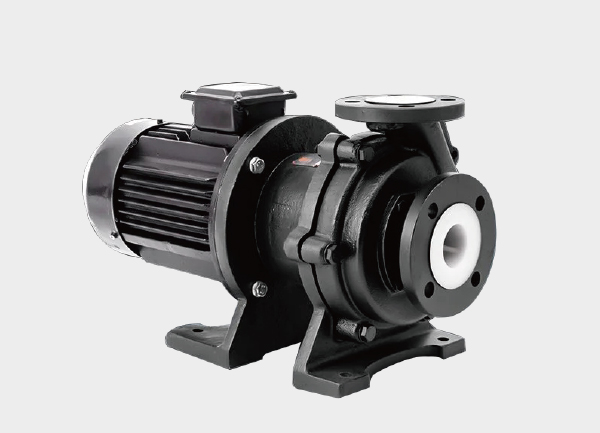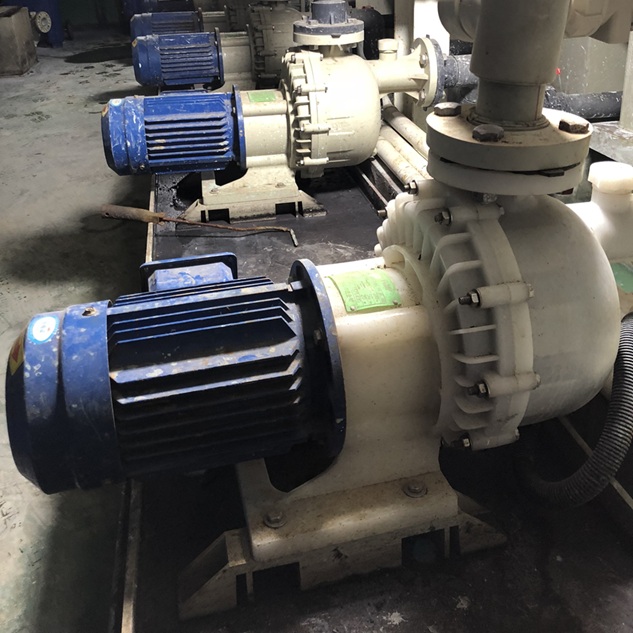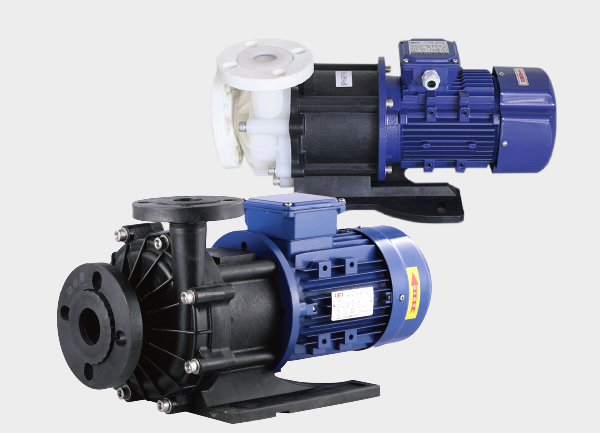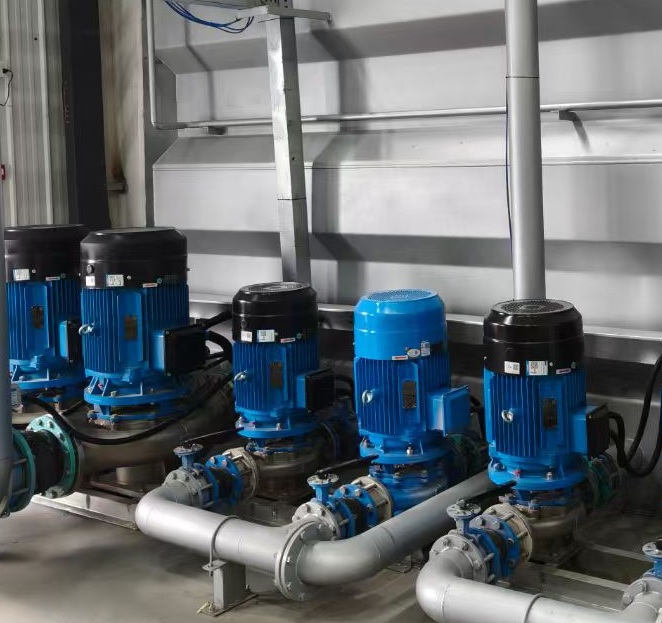Metering pumps, also known as dosing pumps, proportional pumps, or precision pumps, are specialized positive displacement pumps designed to deliver fluids at precise flow rates or proportions. Their core function is to accurately transport liquids (or fluids containing small particles) according to preset flow or ratio, making them essential in chemical processing, water treatment, pharmaceuticals, and food industries where precision is critical.
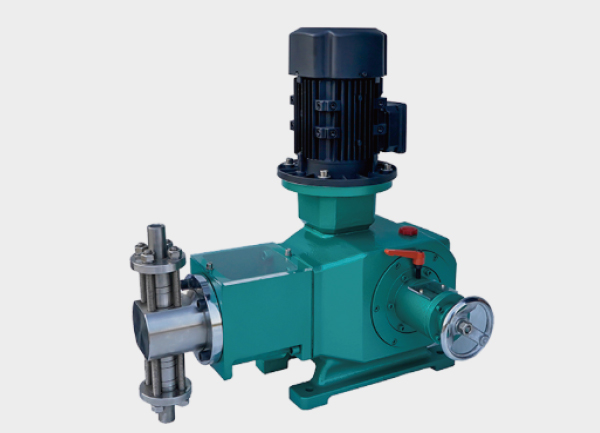
1. Working Principle of Metering Pumps
The core principle of a metering pump is to alter the pump chamber volume or compress the fluid pathway, creating suction and discharge cycles. Flow rate is precisely controlled by adjusting the displacement volume or pumping frequency. Based on design, the main types of metering pumps include:
1.1 Reciprocating Metering Pumps (Most Common, >70% Market Share)
These pumps use piston or plunger reciprocation to change chamber volume, providing the highest accuracy in industrial applications. There are two main variants:
(a) Plunger-Type Reciprocating Pump
Core Components: Pump body (with suction and discharge valves), plunger, seals, stroke adjustment mechanism.
Working Process:
Suction stroke: The plunger moves backward, enlarging the chamber and reducing pressure. The discharge valve closes, while the suction valve opens, drawing fluid into the chamber.
Discharge stroke: The plunger moves forward, reducing chamber volume and increasing pressure. The suction valve closes, the discharge valve opens, and fluid is expelled.
Flow Control: Adjusting plunger stroke length (via mechanical eccentric or electric actuator) or reciprocation frequency allows precise control of flow per stroke, achieving accurate total flow.
(b) Diaphragm Reciprocating Pump (Leak-Free, Suitable for Corrosive Fluids)
Key Innovation: Uses an elastic diaphragm (PTFE, nitrile rubber) instead of a plunger in direct contact with fluid, preventing corrosion and achieving leak-free operation.
Working Process:
Mechanical drive: Plunger pushes the diaphragm to deform, creating a fluid chamber on one side and an air chamber on the other. Principle is similar to plunger pumps.
Hydraulic drive (high precision): Plunger moves hydraulic oil, which then displaces the diaphragm, reducing mechanical wear and enhancing precision (±0.5% or better). Suitable for high-pressure applications up to 30 MPa.
1.2 Peristaltic (Tubing) Pumps (Low Contamination, Ideal for Sensitive Fluids)
Also called hose pumps, they transport fluid by compressing elastic tubing, with no direct fluid contact with the pump chamber—ideal for pharmaceutical and biotech applications.
Core Components: Elastic tube (silicone or rubber), rotor (with 2-3 rollers), pump housing.
Working Process:
Motor rotates the rotor, rollers compress the tubing.
Compressed fluid is pushed toward the outlet; tubing recoils after the roller passes, creating suction for the next intake.
Flow Control: Adjusting rotor speed or tubing diameter changes flow rate.
1.3 Diaphragm Pumps (Non-Reciprocating, e.g., Electromagnetic Drive)
These compact pumps use electromagnetic force to deform a diaphragm instead of a motor and cam mechanism, suitable for small flow rates (<100 L/h).
Working Process:
Coil energizes, creating magnetic force that moves the core and diaphragm, expelling fluid.
Coil de-energizes, spring returns the diaphragm, drawing in new fluid.
Flow Control: Adjust energizing frequency or duty cycle to regulate pumping rate.
2. Key Advantages of Metering Pumps
Compared to centrifugal pumps or gear pumps, metering pumps excel in precision, controllability, and adaptability. Their key advantages include:
2.1 Extremely High Accuracy and Stability
Reciprocating diaphragm pumps can achieve ±0.5%–±1% flow accuracy, with some high-end models reaching ±0.1%.
Flow remains stable regardless of pipeline pressure or fluid viscosity within limits. Long-term operation shows minimal deviation (e.g., <2% after 3,000 hours). Ideal for proportional dosing and microfluid delivery (e.g., flocculants in water treatment, liquid drugs in pharma).
2.2 Wide Flow Adjustment Range and Controllability
Flow adjustment ratio (max/min) can reach 100:1 (e.g., 1,000 L/h max, 10 L/h min).
Flexible control options: Manual on-site adjustment, remote automatic control via 4-20 mA signals or RS485 communication integrated with PLC/DCS systems. Automatically responds to process changes (e.g., water quality fluctuations).
2.3 Adaptability to Various Fluids and Conditions
Corrosive fluids: Pump materials such as PTFE diaphragms or Hastelloy pump bodies allow safe handling of acids and alkalis.
Suspended solids: Plunger pumps can use wear-resistant valves; peristaltic pumps handle solids without clogging.
High-viscosity fluids: Up to 100,000 cP; achievable via increased plunger force or high-elasticity tubing.
2.4 Excellent Sealing and Leak-Free Operation
Diaphragm pumps fully isolate fluid from drive components; plunger seal wear does not cause leaks.
Peristaltic pumps maintain fluid inside tubing, ensuring 100% leak-free operation, critical for toxic, hazardous, flammable, or high-value fluids.
2.5 Reliable Structure and Low Maintenance Cost
Key components (diaphragm, plunger, tubing) have long lifespans: diaphragm 8,000–12,000 hours, tubing 3,000–5,000 hours.
No complex rotating components (like centrifugal impellers or gear wheels), resulting in low failure rates (MTBF >10,000 hours). Routine maintenance involves simple inspections and replacement of wear parts, reducing operational costs by 30%+ compared to precision centrifugal pumps.
Conclusion:
Metering pumps are precision fluid control devices designed for industries demanding high accuracy, reliability, and adaptability. With advanced variants like reciprocating diaphragm pumps, plunger pumps, and peristaltic pumps, they offer leak-free operation, broad chemical compatibility, and long service life, making them essential for chemical, water treatment, pharmaceutical, and sensitive fluid applications.



